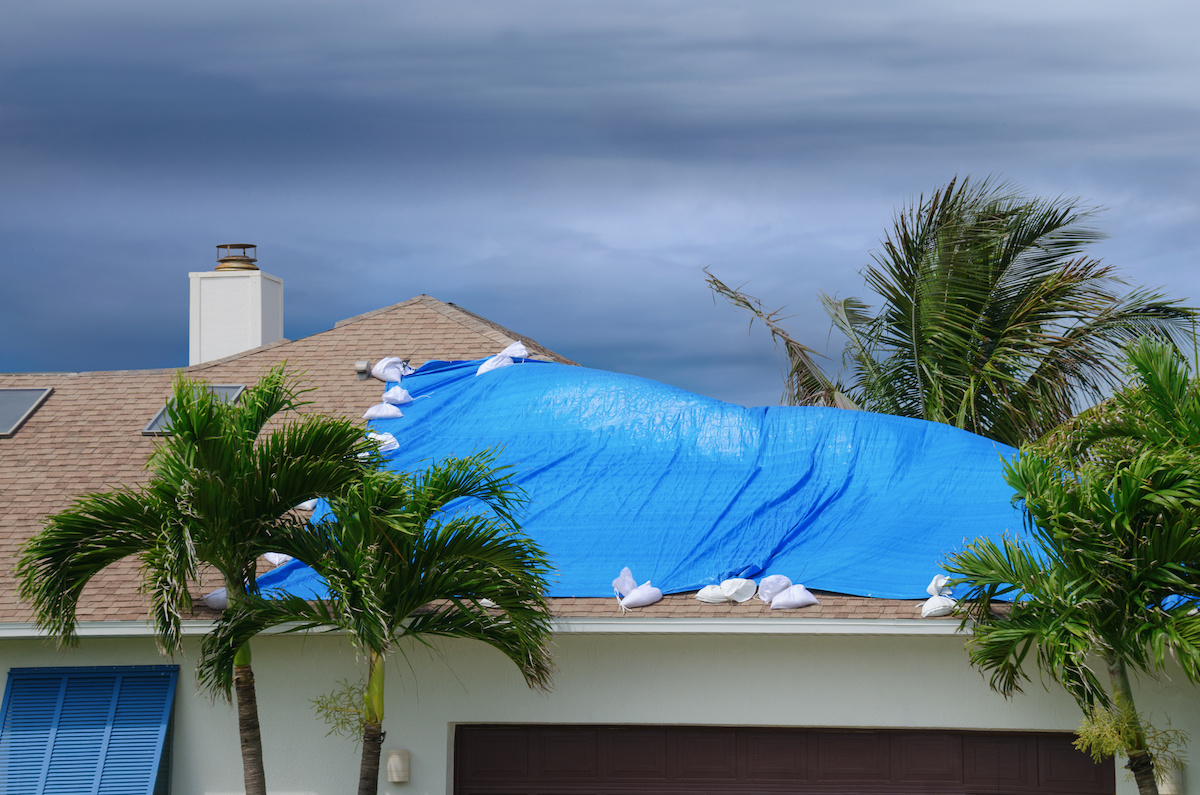Hurricane Beryl’s Impact on Jamaica’s Infrastructure

Hurricane beryl and jamaica – Hurricane Beryl’s wrath left an indelible mark on Jamaica’s infrastructure, causing widespread damage to buildings, roads, and bridges. The economic consequences of this destruction are far-reaching, resulting in lost revenue and disruption of essential services.
Hurricane Beryl threatened Jamaica, leaving its residents on edge. Meanwhile, in the political realm, Governor DeSantis made headlines with his desantis vetoes. These decisions sparked debates, echoing the turmoil brought by the hurricane. As Beryl passed, its aftermath left scars on the island, mirroring the impact of the vetoes on Florida’s political landscape.
Damage to Buildings
Residential and commercial buildings bore the brunt of the hurricane’s fury. Many structures were completely destroyed, while others sustained severe damage, rendering them uninhabitable. The loss of homes and businesses has created a housing crisis and disrupted livelihoods.
Hurricane Beryl’s wrath battered Jamaica, leaving behind a trail of devastation. As the nation grappled with the aftermath, a beacon of hope emerged in the form of Tim Scott , a compassionate leader known for his unwavering dedication to public service.
Scott’s efforts to mobilize aid and provide support to the hurricane-ravaged island served as a testament to the resilience of the human spirit amidst adversity. In the face of Beryl’s destructive force, the bonds of community and compassion prevailed, offering a glimmer of hope for a brighter tomorrow.
The historic Fort Charles, a UNESCO World Heritage Site, was severely damaged, with its walls and fortifications crumbling under the force of the hurricane. The damage to this iconic landmark is a testament to the destructive power of Beryl.
Damage to Roads and Bridges
Jamaica’s transportation network was also severely affected by the hurricane. Major roads were blocked by fallen trees and debris, hindering access to essential services and supplies. Several bridges were washed away, isolating communities and disrupting the flow of goods and people.
The collapse of the Rio Grande Bridge, a vital link between the parishes of Portland and St. Mary, has had a particularly devastating impact on the local economy and tourism industry.
Economic Consequences
The damage to Jamaica’s infrastructure has had a significant economic impact. Lost revenue from damaged businesses, disruption of supply chains, and increased costs of repairs are placing a strain on the country’s economy.
The tourism sector, a major contributor to Jamaica’s GDP, has been particularly hard hit. The damage to hotels and tourist attractions, coupled with the disruption of transportation, has led to a decline in tourist arrivals and revenue.
Emergency Response and Relief Efforts in Jamaica: Hurricane Beryl And Jamaica

In the aftermath of Hurricane Beryl, Jamaica faced a daunting task of providing aid to affected communities. Local, national, and international organizations swiftly mobilized to offer assistance.
Local organizations, such as the Jamaica Red Cross and the Salvation Army, played a crucial role in providing immediate relief to hurricane victims. They distributed food, water, and medical supplies, and established shelters for those who had lost their homes.
National and International Assistance
The Jamaican government, through its Office of Disaster Preparedness and Emergency Management (ODPEM), coordinated national relief efforts. They deployed emergency responders to affected areas, cleared roads and debris, and provided financial assistance to displaced families.
International organizations, including the United Nations and the World Bank, provided significant support. They offered financial aid, deployed medical teams, and assisted with long-term recovery efforts.
Challenges and Long-Term Recovery
Relief workers faced numerous challenges, including transportation difficulties and communication outages. Damaged infrastructure and blocked roads hindered the delivery of aid to remote areas. Communication outages made it difficult to coordinate relief efforts and assess the extent of the damage.
Long-term recovery efforts are underway to rebuild Jamaica’s communities. The government has launched a reconstruction program to repair damaged homes, schools, and hospitals. International organizations are providing ongoing support for these efforts, ensuring that affected communities can recover and rebuild.
Lessons Learned from Hurricane Beryl
:quality(70)/d1hfln2sfez66z.cloudfront.net/11-12-2019/t_423d5e2948964ee2aff5c801c5f08a9b_name_CB725C2ADED4425FB11D26B8BA968321_1.jpg)
Hurricane Beryl brought valuable lessons to light, highlighting areas where Jamaica’s disaster management strategies can be strengthened. The hurricane’s impact on infrastructure, emergency response, and relief efforts has underscored the need for comprehensive preparedness and effective coordination.
One crucial lesson is the importance of early warning systems and public education campaigns. Timely alerts and clear instructions can save lives and reduce property damage. Jamaica should invest in modernizing its early warning systems and ensuring that the public is well-informed about hurricane risks and safety protocols.
Improving Disaster Management Strategies, Hurricane beryl and jamaica
The hurricane has also highlighted the need for improved coordination between different agencies involved in disaster management. A centralized command structure and clear communication channels are essential for effective response and relief efforts. Jamaica should establish a comprehensive disaster management plan that Artikels roles and responsibilities for all stakeholders.
Recommendations for Vulnerable Regions
The lessons learned from Hurricane Beryl are valuable not only for Jamaica but also for other countries and regions vulnerable to hurricanes. Early warning systems, public education, and coordinated disaster management strategies are crucial for mitigating the impact of these devastating storms. By sharing best practices and collaborating on disaster preparedness, vulnerable regions can enhance their resilience and protect their communities from future hurricanes.